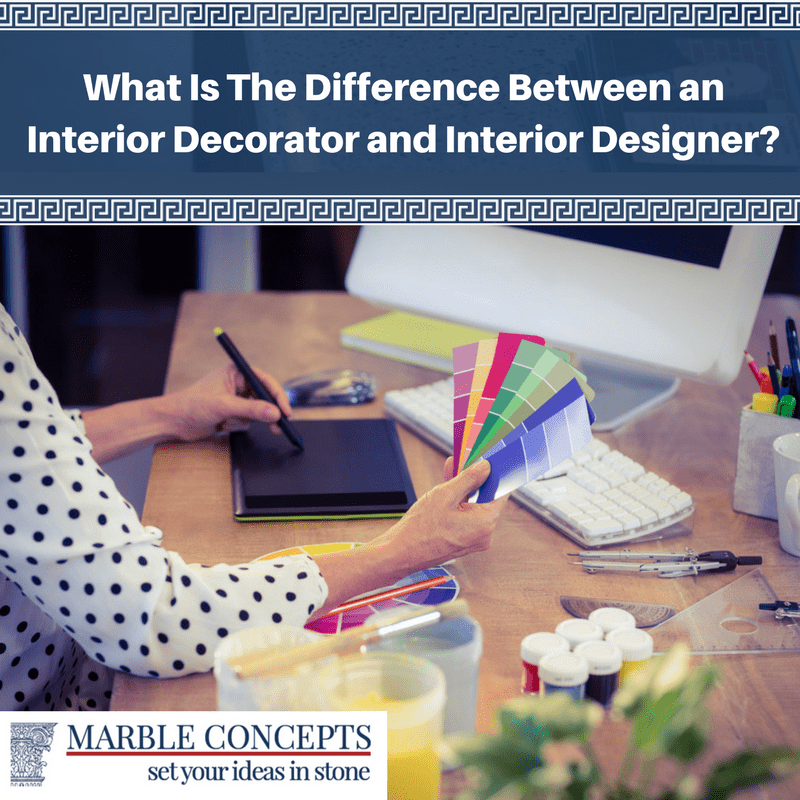It seems that the question always arises concerning the difference between an interior decorator and an interior designer, and it can get confusing in the sense that the two are often thought of as interchangeable or blended with one another, and the true differences are obscured.
Well, there are dissimilarities and similarities between the two and those distinctions should be clarified. For example, a homeowner and business person would likely require the expertise of an interior designer in the case of new construction, a remodel or renovation as opposed to an interior decorator who would simply decorate the remodeled or renovated space. So, what are the differences between the two? The explanations are not that complicated.
Interior Designer
Education – An interior designer is someone who has probably gone through a two or four year degree program from a college or university that offers classes in art and design. He or she would have had courses in the fundamentals of construction and building design, dimensional model building, principles of various types of space design, lighting and sound design, traffic patterning, architectural drawing and sketching, interior design history and theory, furniture theory, building code familiarization, materials acquisition and computer design software use.
Psychological and Social Factors – In addition, students of interior design are schooled in how to deal with the psychological and social requirements of those that will occupy specifically designed spaces. Their studies are centered on aiding their clients in determining an appropriate physical design through an architect as well as acquiring the materials and furnishings to complete a designated area to a client’s needs, and an architect’s design specifications.
Internships and Licensing – Upon graduation from an interior design program, designers must also complete internships, develop portfolios and continue with courses that deal with the business angle of interior design, which means working with architects and developers to design an interior and follow through with others to implement the project and communicate how the space will be used.
So, it is apparent that interior designers have a lengthy period of schooling and other requirements that have to be met at the state level. Individual states may require passing a licensing exam and obtaining a license in order to practice. Years of experience under the supervision of a licensed interior decorator or architect, and membership in professional organization may also be requirements to become a successful and independent interior designer.
Interior Decorator
In contrast to an interior designer, an interior decorator is someone who has not necessarily had formal or official training in the art of design. He or she is not technically involved in building layout or design, or the configuration or use of a space. A decorator is usually hired by a homeowner, architect, or housing developer. He or she meets with a client to assess their needs and also takes basic measurements of the space or space to be decorated, takes pictures of the area or areas and obtains a floor plan of the spaces that require decorative change. A decorator’s focus is on the space at hand and how to make it function in a decorative sense through coloration, paint, flooring, furnishings, fixtures, lighting, artwork, fabrics and other accessories to complete the look, which is decorated to reflect the personality and tastes of a homeowner or business client.
Skill Sets
Interior designers and decorators do have skill sets in common. They understand that visualizing, creating, organizing, researching, communicating and acquiring knowledge of art and architectural aspects are all important elements of interior design and decorating. The two areas are interrelated but the distinctive differences are there in order to provide the detailed and varied professional services that businesses or individuals require.
If you have need of either a designer or decorator, complete the online contact form and a qualified representative will get back to you with the information you need to understand the differences between the two and decide which option meets your needs.






